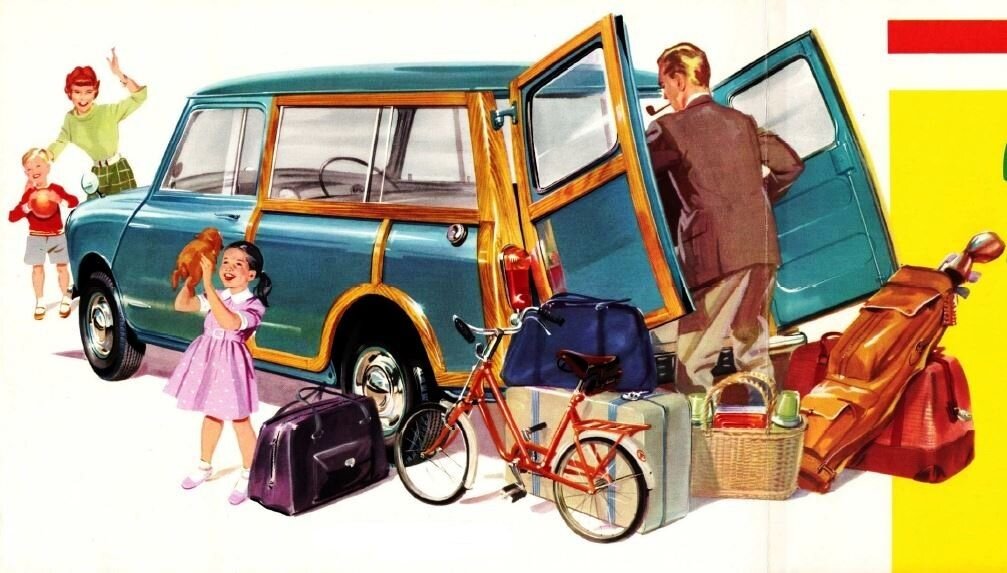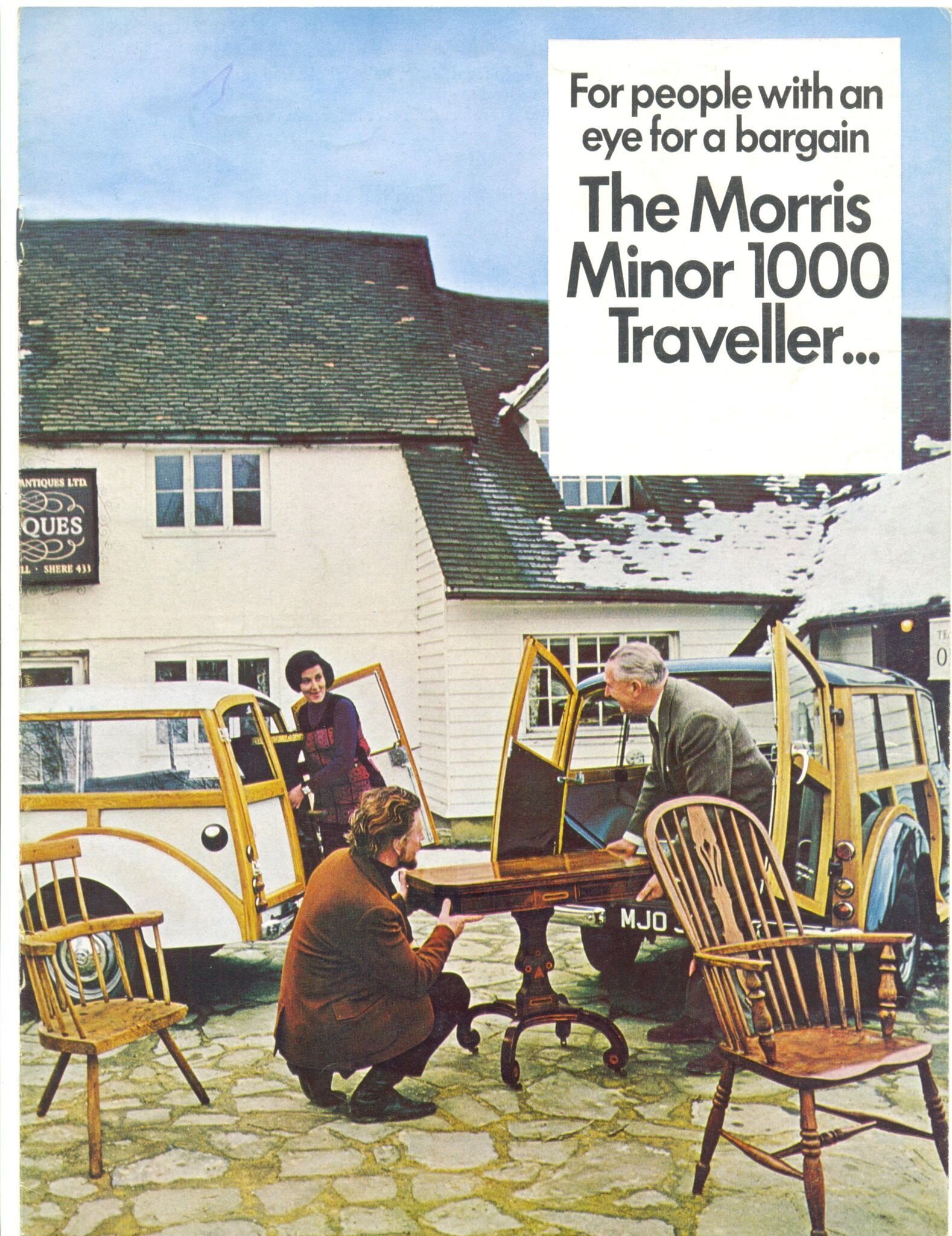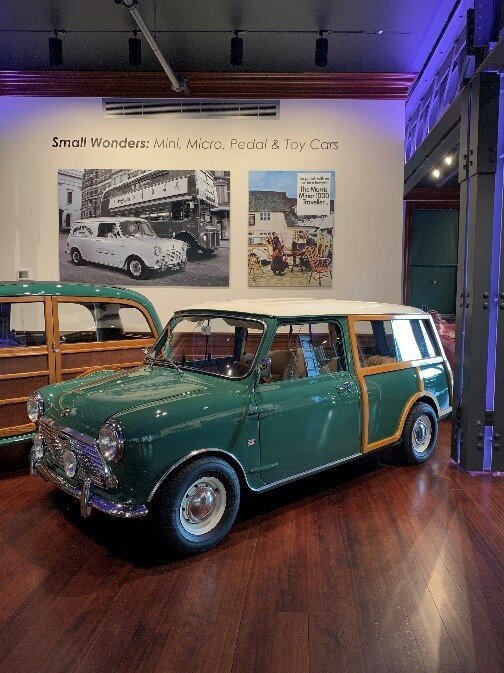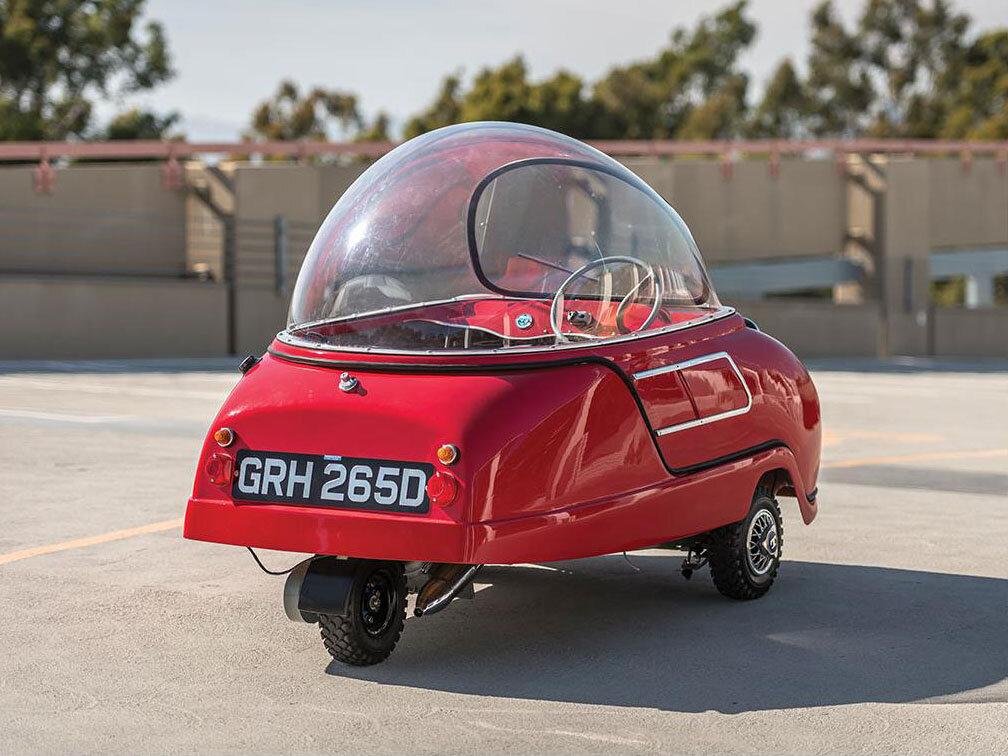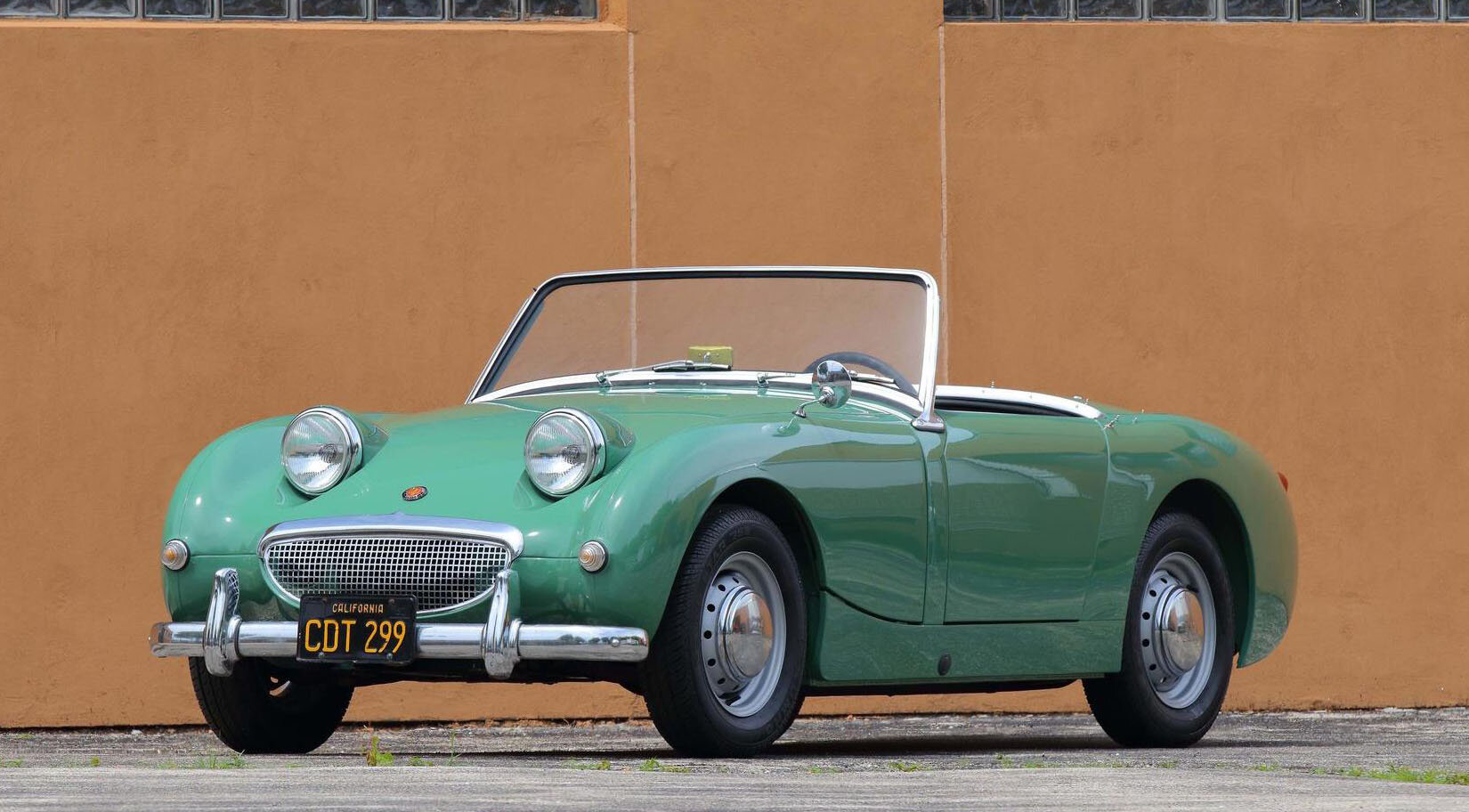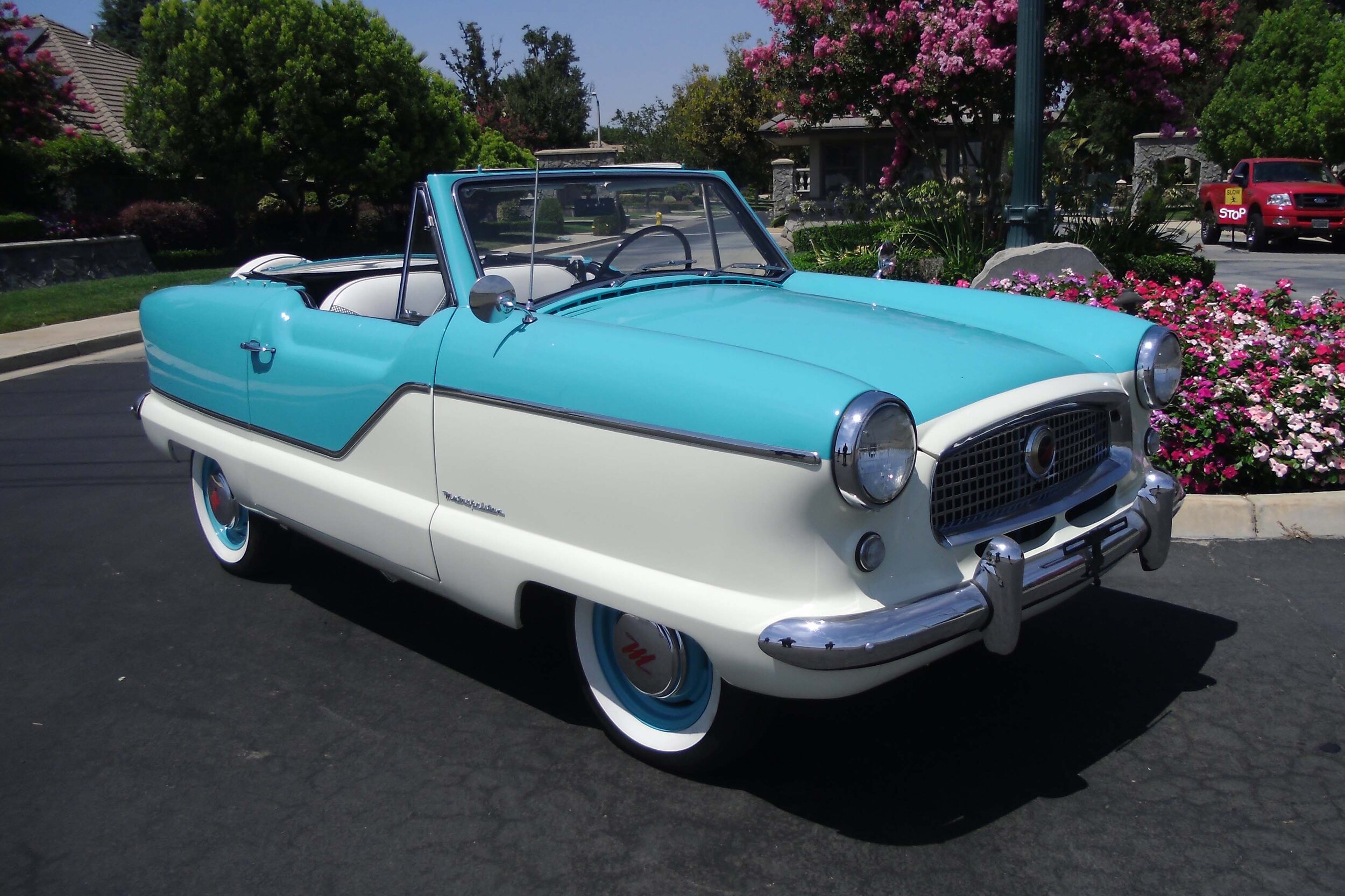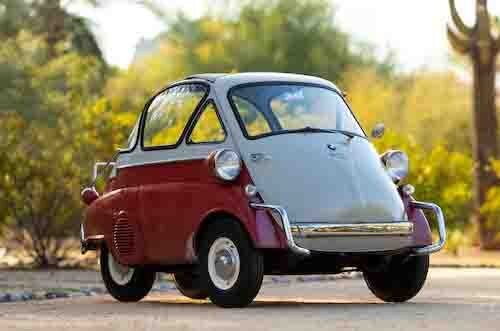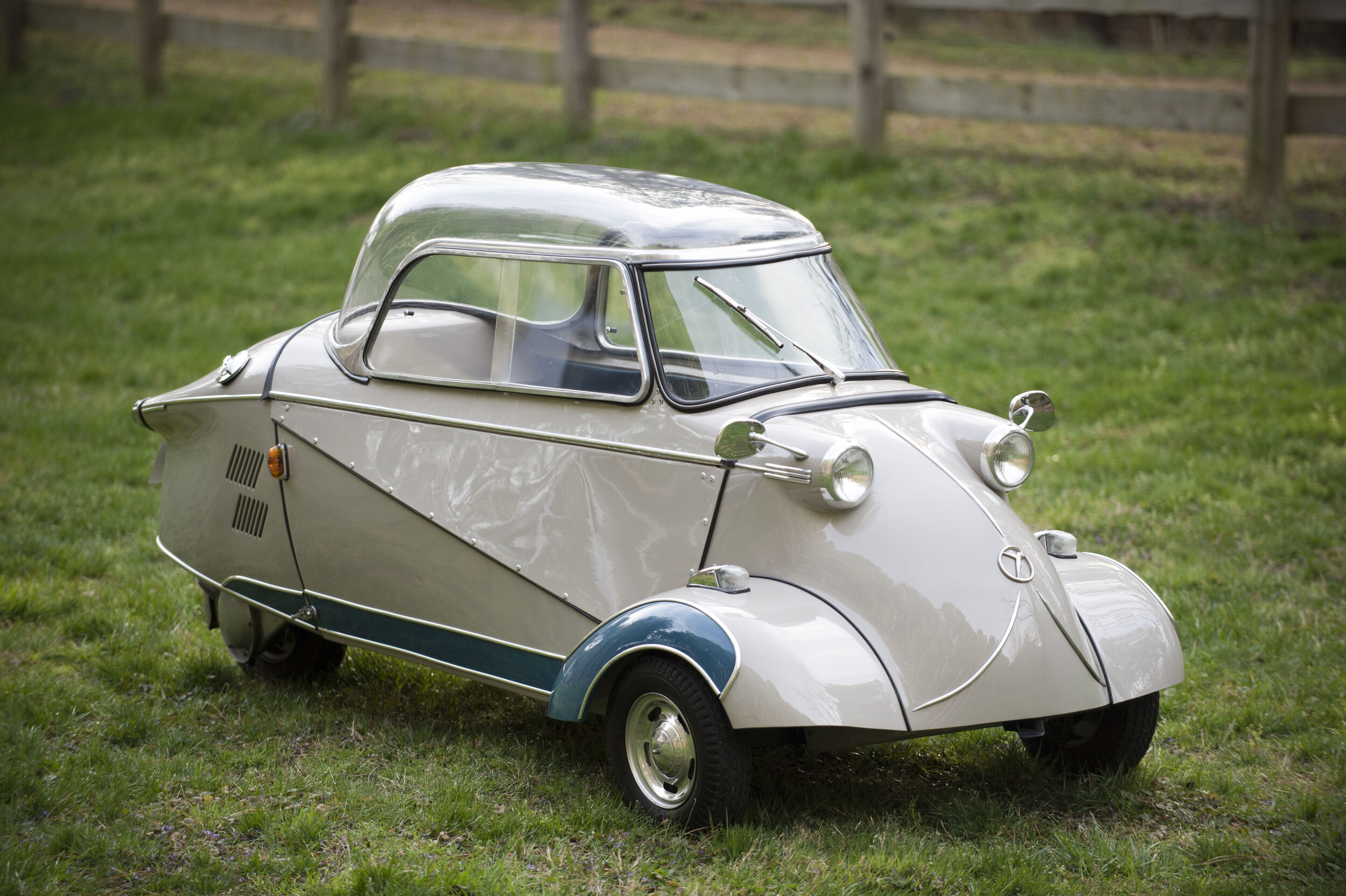1969 Austin Mini Traveler MK II
Specifications
Engine: 848cc Inline-Four Cylinder
Horsepower: 37 @ 5500 RPM
Torque: 54 lbs/ft @ 3600 RPM
Top Speed: 72 MPH
Weight: 1400 lbs
Transmission: 4-Speed Manual
In the late 1950’s, there was a high demand in Europe for small, economical transportation. The 1956 Suez Crisis had caused a fuel shortage, and the UK again rationed petrol, leading to a swift decline in large car sales. German bubble cars like the Messerschmitt and the new Fiat 500 were selling at a rapid pace. Leonard Lord, the head of the British Motor Corporation, despised these small cars so much, and subsequently led the BMC on a mission to design a miniature car fit for the Brits.
Alec Issigonis led a small team of nine BMC designers who were tasked with creating a range of technically advanced family cars. The Mini was based around the BMC A-Series four-cylinder engine, though to save space, the engine was mounted transversely and paired with front-wheel drive. This configuration shortened the overall vehicle length and saved cabin space as well. Nearly every small front-wheel drive vehicle produced since the original Mini has carried the same configuration.
In addition to the transverse engine and front-wheel drive configuration, the BMC engineers worked hard to utilize as much cabin space as possible. Sliding windows were used in place of traditional roll down windows on the doors. This allowed single-skin doors to be fitted, which reduced production costs and increased elbow room for passengers.


